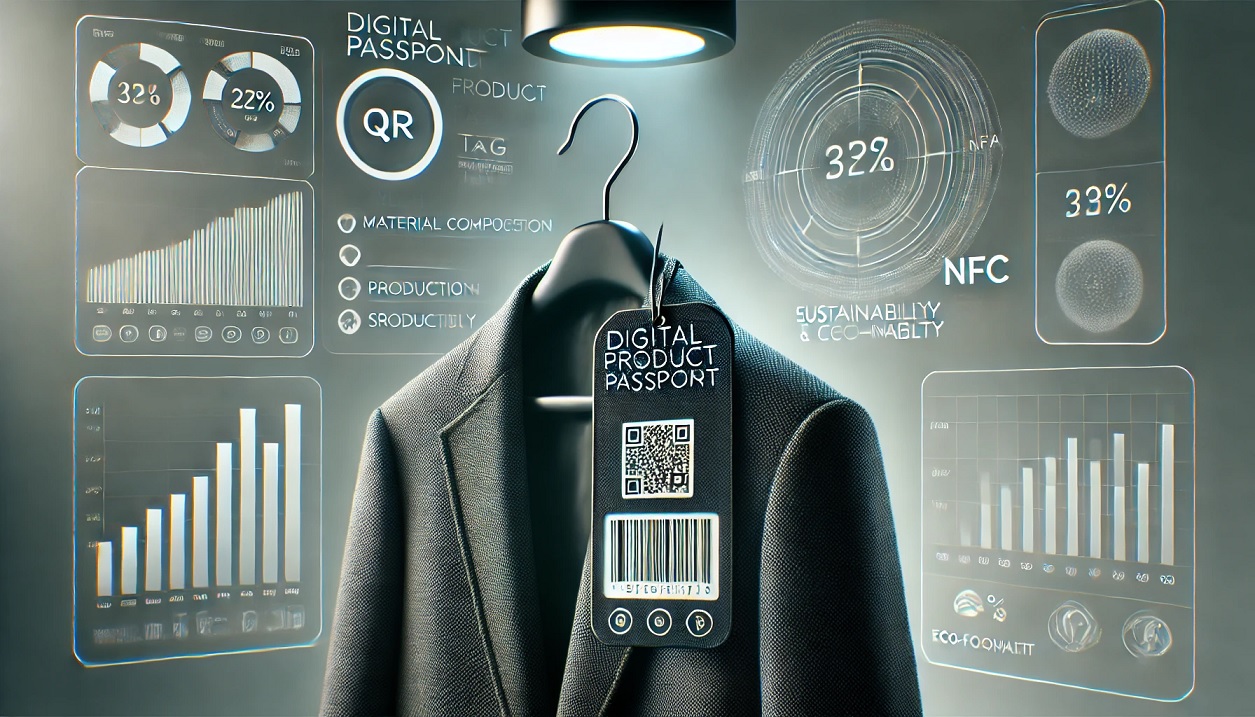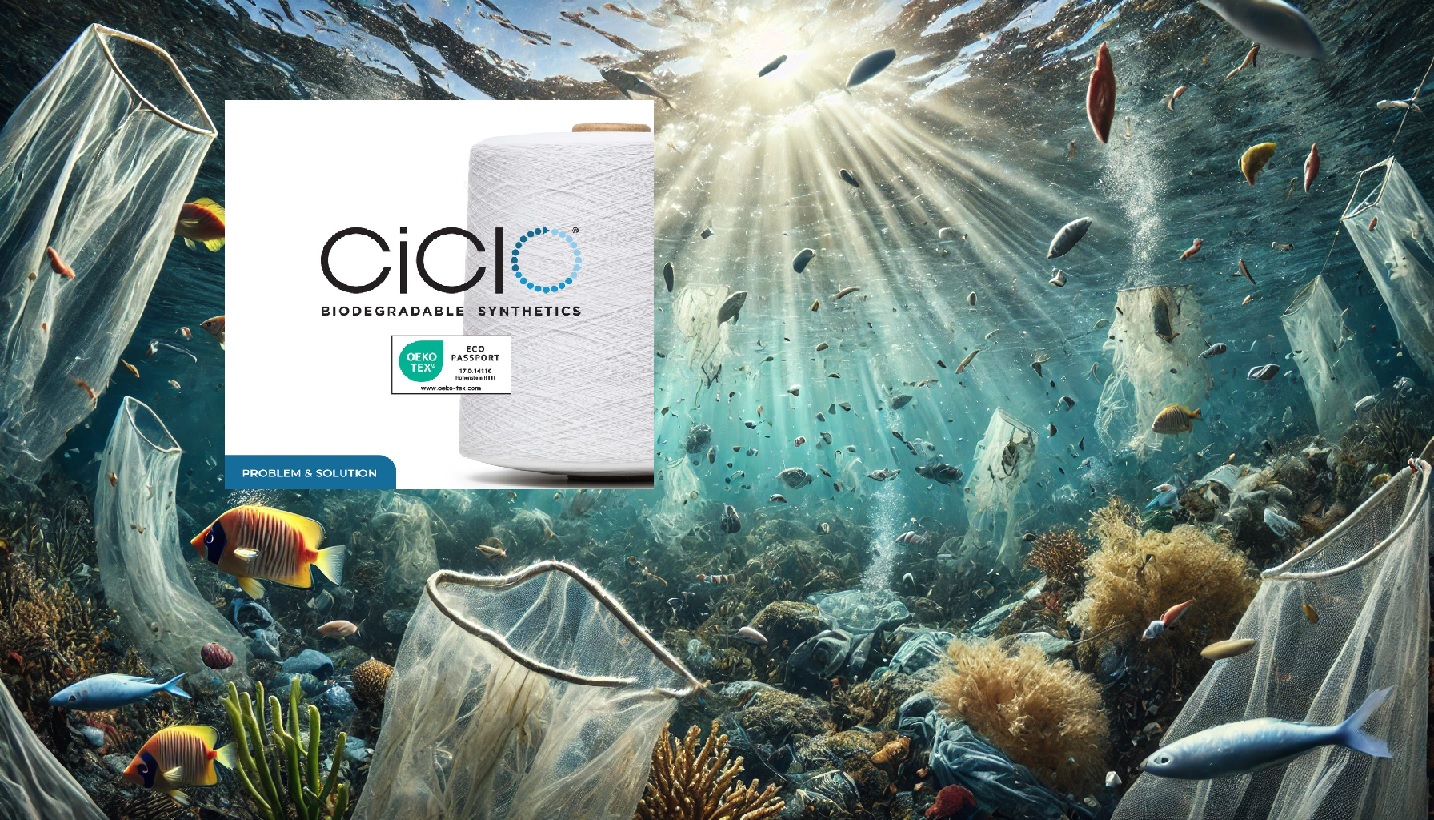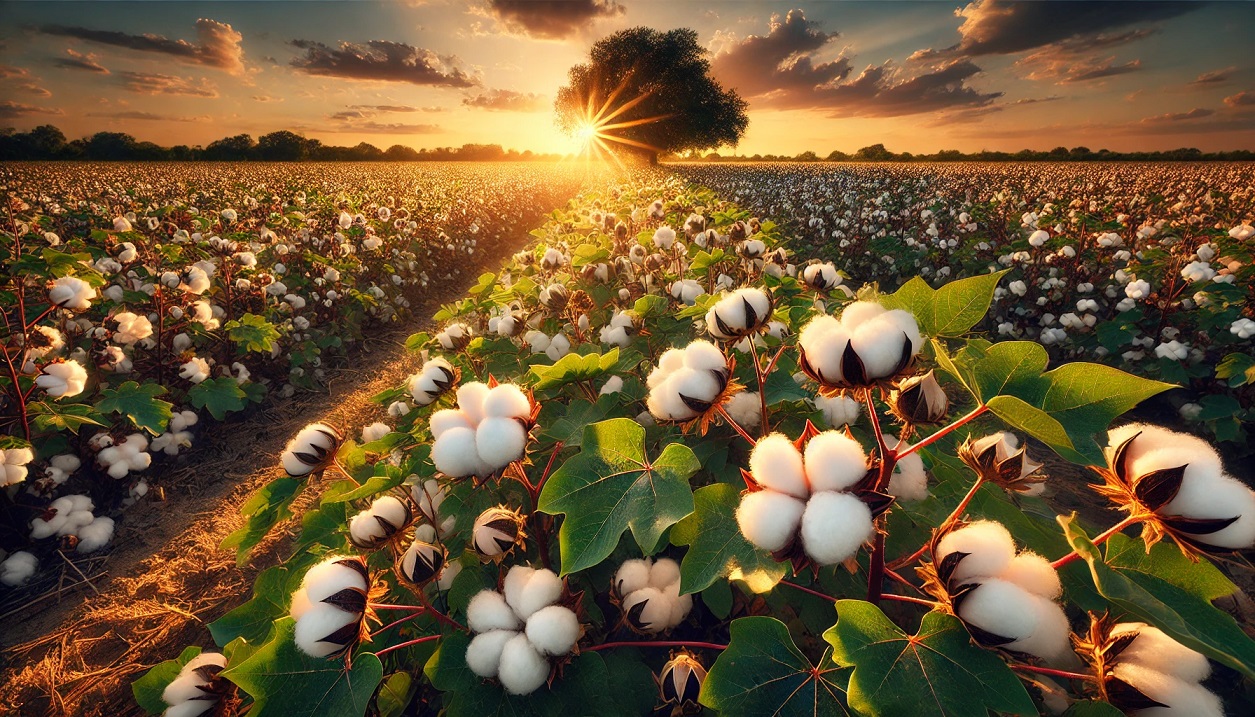Textile Exchange envisions a future where, by 2030, the textile industry eliminates the use of new virgin fossil-based synthetics. The goal is bold. No more petroleum-derived polyester entering our clothes and fabrics. Instead, every material, be it synthetic or natural, must stem from sustainably sourced, recycled, or renewable feedstocks.
Why Focus on Polyester?
Polyester dominates the synthetic market. It’s everywhere. Affordable, versatile, but heavily reliant on fossil fuels. The industry’s pivot away from virgin polyester isn’t just beneficial—it’s essential.
Current State: The Role of Recycled Polyester
Today, recycled polyester, primarily from plastic bottles, is the top alternative to virgin polyester. But it’s not enough. The fashion, apparel, and textile sectors need faster, broader change. Here’s why:
- Waste Crisis: Our industry contributes massively to global waste—textiles pile up in landfills or burn, releasing greenhouse gases. We need to address the waste we’ve already created.
- Circularity Conflict: Using bottle-based feedstocks might seem clever, but it borrows waste from another industry, hindering their circular goals. The technology today recycles bottles back into bottles far more efficiently than turning them into textiles.
- Competition for Resources: Food and beverage giants also seek recycled content, driven by EU targets to boost recycled plastic use to 25% by 2025 and 30% by 2030. This creates a resource tug-of-war, potentially starving the textile industry of needed materials.
- Regulatory Shifts: The EU might soon downgrade the desirability of bottle-based polyester in textiles, favoring other recycling methods that could reshape market dynamics.
The 2025 Challenge: A Crucial Midpoint
Launched in 2021 by Textile Exchange and the UNFCCC, the Recycled Polyester Challenge set out to revolutionize industry practices by 2025. This challenge isn’t just about swapping virgin for recycled polyester—it’s about rethinking how we source materials from the ground up, without increasing total polyester production.
Progress and Pitfalls
Three years into the challenge, the transition is lagging. Bottles as feedstock are no longer deemed the best path forward. The industry is now urged to prioritize textile-to-textile recycling, creating a truly circular economy within its own realm.
The Road Ahead
The journey to 2030 is daunting but necessary. Brands, consumers, and regulators must unite in this cause. We need innovation, investment in new technologies, and a collective change in mindset. The shift to sustainable textiles isn’t just an environmental imperative—it’s a new frontier for ethical fashion.
Conclusion: Change How You Think About Textiles
Every piece of clothing you wear comes with a backstory of resource use, labor, and environmental impact. As we push towards 2030, consider the materials that make up your garments. Opt for brands that prioritize recycled and renewable materials, and become part of a movement reshaping the future of fashion. Your choices matter—let’s make them count for the planet.



